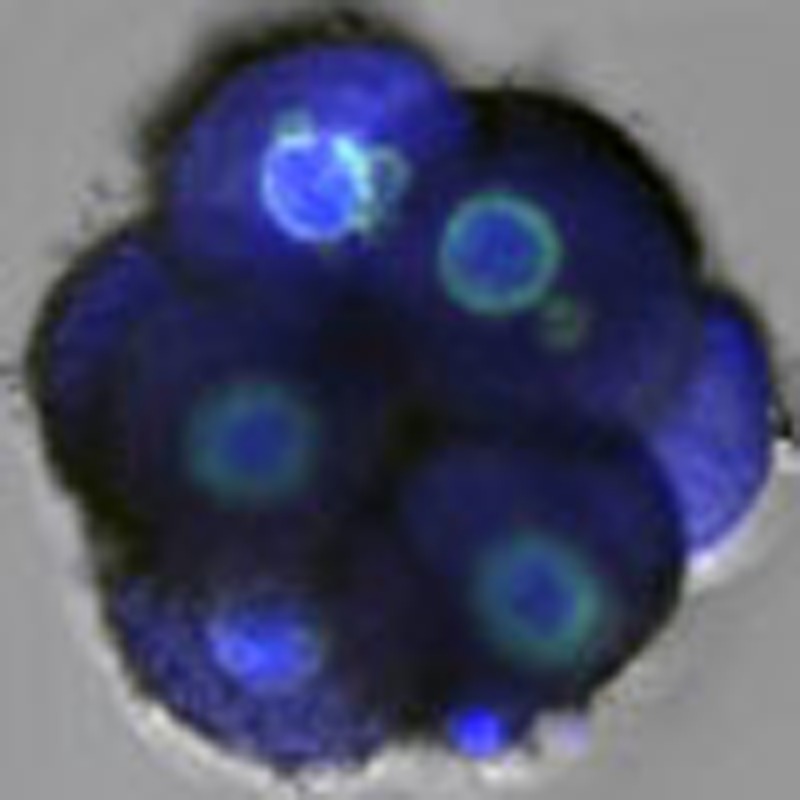- Record: found
- Abstract: found
- Article: found
Dynamic blastomere behaviour reflects human embryo ploidy by the four-cell stage

Read this article at
Abstract
Previous studies have demonstrated that aneuploidy in human embryos is surprisingly frequent with 50–80% of cleavage-stage human embryos carrying an abnormal chromosome number. Here we combine non-invasive time-lapse imaging with karyotypic reconstruction of all blastomeres in four-cell human embryos to address the hypothesis that blastomere behaviour may reflect ploidy during the first two cleavage divisions. We demonstrate that precise cell cycle parameter timing is observed in all euploid embryos to the four-cell stage, whereas only 30% of aneuploid embryos exhibit parameter values within normal timing windows. Further, we observe that the generation of human embryonic aneuploidy is complex with contribution from chromosome-containing fragments/micronuclei that frequently emerge and may persist or become reabsorbed during interphase. These findings suggest that cell cycle and fragmentation parameters of individual blastomeres are diagnostic of ploidy, amenable to automated tracking algorithms, and likely of clinical relevance in reducing transfer of embryos prone to miscarriage.
Abstract
 Abnormal human embryo development is implicated in the embryo arrest observed during
in vitro fertilization. Chavez and colleagues perform time-lapse imaging on human embryos
and find that chromosomally abnormal embryos exhibit diverse cell cycle parameters
that may contribute to arrest.
Abnormal human embryo development is implicated in the embryo arrest observed during
in vitro fertilization. Chavez and colleagues perform time-lapse imaging on human embryos
and find that chromosomally abnormal embryos exhibit diverse cell cycle parameters
that may contribute to arrest.
Related collections
Most cited references48
- Record: found
- Abstract: found
- Article: not found
Chromosome instability is common in human cleavage-stage embryos.
- Record: found
- Abstract: found
- Article: not found
Non-invasive imaging of human embryos before embryonic genome activation predicts development to the blastocyst stage.
- Record: found
- Abstract: not found
- Article: not found